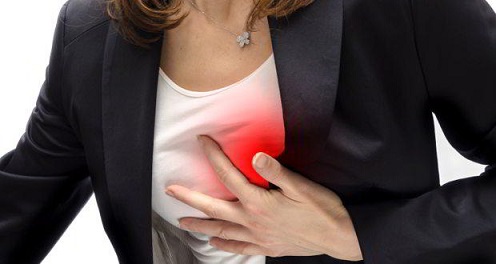CSMS Magazine
It’s true that the number one killer of postmenopausal women is heart disease and that estrogen seems to have a protective effect on cholesterol (HDL) and lowers the bad cholesterol (LDL). After menopause, with lower estrogen, HDL levels drop, and LDL levels rise. If you’re not prepared to exercise and eat well, you may want to look ERT. But there are other problems connected with postmenopausal heart disease that we believe have not been sufficiently addressed, and we think there are other options to ERT.
Along with higher levels of calcium intake, there has been an increase in heart disease among postmenopausal women. As you’ve seen, much calcium is not absorbed. If you put it in your mouth and it doesn’t get into your bones, where does it go? Dr. Guy E. Abraham suggests, “It gets into your joints and cause arthritis or into the arteries and become atherosclerosis.” That calcium buildup in your arteries appears to be increasing your risk for heart disease.
Calcium also causes muscles to contract, while magnesium relaxes them. Your heart is a muscle. You want it to be relaxed as possible. Therefore, it makes sense to increase your dietary magnesium and keep calcium levels reasonable—not too high. Dr. Abraham’s study showing a reversal of osteoporosis indicated that Abraham’s study showing a reversal of osteoporosis indicating that 500 mg of calcium with 600-1,000 mg of magnesium was adequate. Since whole grains and beans also have calcium, much of which is well-absorbed, a healthy diet will give you additional minerals in your body.
Note: Esther Diaz is a health education teacher who lives in suburban Atlanta. She is our contributor.


